Our exclusive, plant-based liner plant-based and polypropylene blend is enriched with shea butter to help nourish and protect skin while our outercover is enhanced with premium cotton, making Pampers Pure Protection diapers irresistibly soft and breathable. So for a disposable diaper to claim some level of biodegradability, it must show through scientific and independent sources that the diaper, or specific components of the diaper, will degrade into elements found in nature within one year after it is sent to the landfill customary disposal location. Precautionary Code. Without verifiable, scientific evidence, it is hard to unequivocally determine the benefits of such biodegradable materials in regards to environmental impacts. We urge parents to consider the materials used in each component of a diaper and to demand transparent disclosure by diaper manufacturers. Nearby stores View store map. These tiny crystals are sprinkled inside the layers of the absorbent core of a diaper to absorb and trap fluid i. Phthalates are mainly plasticizers, or "substances added to plastics to increase their flexibility, transparency, durability, and longevity. Phthalate sources are not limited to some diaper liners, but are in a broad range of "plastic products such as children's toys, lubricants, infant care products, chemical stabilizers in cosmetics, personal care products, and polyvinyl chloride tubing. Phthalates are not tightly chemically bonded to the plastic, and as noted in the Pediatrics paper cited below, "are therefore continuously released into the air or through leaching into liquids. One of the most popular diaper choices for newborn babies, Pampers Swaddlers are super soft and designed with a special liner that wicks wetness away from skin. A recent FTC order did confirm that some marketing of green biodegradable diapers was misleading and deceptive. But, figuring out which ones do is a challenge, since US law does not require disclosure of Phthalates. Brand Information. What we found were some diapers that said dye-free had obvious prints.
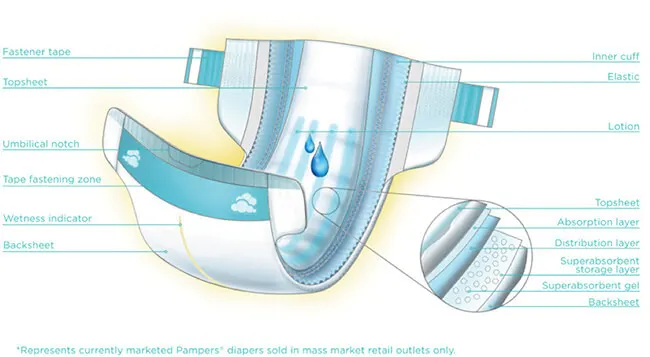
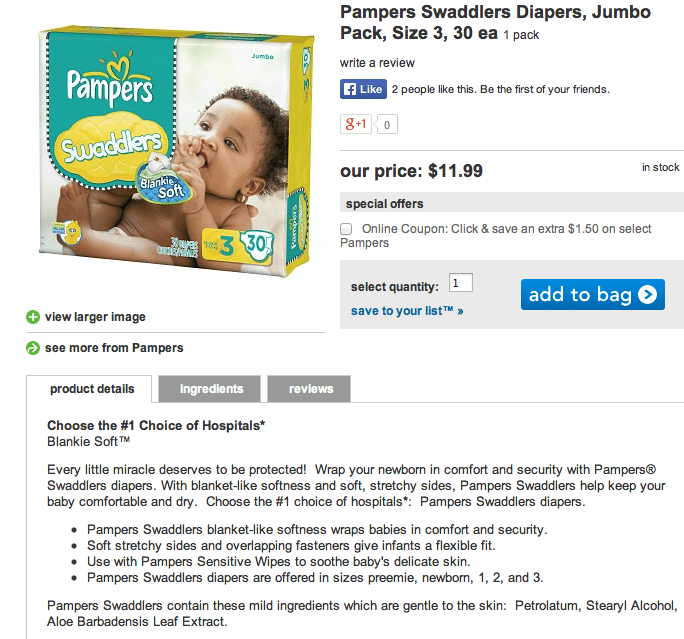
Hazard Statement Code. CAS numbers identify the chemical, but not its concentration or specific mixture. There are Swaddlers and Pure and Overnights. What one manufacturer calls a pigment, might be called a colorant by another. A lot of great diapers are perfume-free, and let's be honest, the fragrance doesn't mask or improve the smell of a dirty diaper. Source: Sierra Club Green Home. However, an infant's rapidly evolving organ systems are both immature and exquisitely sensitive to chemical insults. Disposable Diapers. In the left photo, you see a small pile of white SAP crystals from a diaper's absorbent core.
What are Diapers Made Of?
Babies go through over 2, diaper changes in the first year. We think the use of biodegradable materials or the claims of biodegradability of a disposable diaper is relevant. Some parents cite that a deterrence of using cloth diapers is the cleaning or rinsing of poop out of the diaper before washing. The Seal of Cotton and cotton enhanced are trademarks of Cotton Incorporated. We would like to include information on dyes in our review for choosing diapers, however, we are finding it very difficult to do so. Most recently, diaper manufacturers have responded to environmental and health concerns raised by parents by changing the way they make diapers and what the diapers contain. With words like dye, disperse dye, pigments, colorants, and inks floating around depending on which diaper you are reviewing it became difficult to understand. Several companies have stated an intention to manufacture plant-based biodegradable SAP. Perfume fragrances are sometimes used in disposable diapers, presumably to mask poop's distinctive stench. Similar items. Without air and moisture, it can't biodegrade. Best Disposable Diapers of Diapers are constructed in three layers, an inner layer that sits against baby's skin is designed to be soft, stay relatively dry, and wick away moisture into the core. The problem with chlorine is that it emits small traces of known toxic chemicals called dioxins during the bleaching process.
How to Tell the Difference Between Pampers Diaper Types
- That's why we advocate going with a chlorine-free diaper.
- Babies go through over 2, diaper changes in the first year.
- The secret sauce inside disposable diapers since the mids has been SAP.
- The problem with chlorine is that it emits small traces of known toxic chemicals called dioxins during the bleaching process.
Products in this Consumer Product Information Database CPID are classified based on their composition: Substances: single chemicals Preparations: products which contain chemicals that can be easily separated during normal use Articles: products or product assemblies that do not contain chemicals that can be separated out from the product or assembly under normal or advertised use. The GHS is a system for standardizing and harmonizing the classification and labelling of chemicals. Chemicals are associated with codes that define their health, physical and environmental hazards. This universal hazard communication system was developed to ensure that employers, employees and consumers are provided with adequate, practical, reliable and comprehensible information on the hazards of chemicals, so that they can take effective preventive and protective measure for their own health and safety. The GHS classifications for chemicals associated with products in this database may be viewed by selecting the "Advanced" button on the Chemical Ingredients tables. Since this is a work in progress, GHS classifications may not be shown for all chemical ingredients. Chemical Abstracts Service Registry Number is a unique identifier for a chemical and its synonyms. CAS numbers identify the chemical, but not its concentration or specific mixture. For more information: www. There are 4 categories of Hazard Codes:. SVHC is a substance identified by the European Chemicals Agency that may have serious and often irreversible effects on human health and the environment. Identified, on a case-by-case basis, from scientific evidence as causing probable serious effects to human health or the environment of an equivalent level of concern as those above e. Products are not tested and manufacturer's information presented here is not evaluated by DeLima Associates. Warnings Keep away from any source of flame. Pampers Diapers, like almost any article of clothing, will burn if exposed to flame. To avoid risk of choking on plastic, padding, or other materials, do not allow your child to tear the diaper or handle any loose pieces of the diaper.
This article is part of our review of The Best Disposable Diapers. You might think that the first disposable diaper was invented to increase mobility among families or for convenience, but that wasn't the case, ingredients in pampers diapers. It wasn't long, however, before mothers realized the practical ingredients in pampers diapers benefits of Donovan's diaper design: a rectangular plastic covering initially made from shower curtains over layers of tissue paper. Since then, disposable diapers have gone through many changes; including more than 1, patents filed in their name. Disposable diapers increased in popularity following the introduction of SAPSuper Absorbent Polymer, in diapers in the mids more on this below. Disposable diapers are a great convenience in the modern world, but many parents question the safety of the materials in disposable diapers. Most recently, diaper manufacturers have responded to environmental and ingredients in pampers diapers concerns raised by parents by changing the way they make diapers and what the diapers contain. There is a trend toward greener and more biodegradable disposable diapers, which we view as a step in the right direction. However, we're not out of the woods yet and depending on which brand of diaper you choose, the risks and impact can vary. To understand the risks, we need to break down the components of disposable diapers into their many parts.
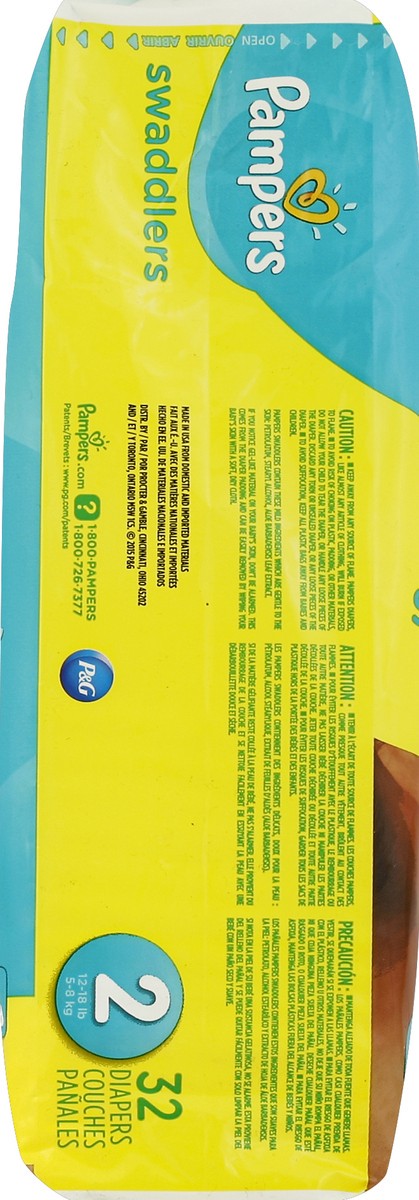
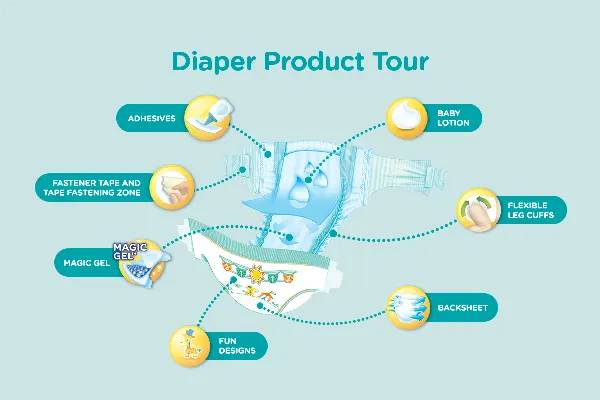

Ingredients in pampers diapers. What Is Inside Those Disposable Diapers?
Skip To Content. Add to cart. Nearby stores View store map. Description Your search for pure protection that works is over! Designed to help skin stay dry and healthy, Pampers Pure Protection diapers lock wetness away from skin for up to 12 hours for outstanding leakage protection with skin-loving care. Plus, our designer, boutique prints make Pampers Pure just as precious as they are protecting. We've thoughtfully chosen all of our ingredients to care for your baby's ingredients in pampers diapers skin. Our exclusive, plant-based liner plant-based and polypropylene blend is enriched with shea butter to help nourish and protect skin while our outercover is enhanced with premium cotton, making Pampers Pure Protection diapers irresistibly soft and breathable. But the ingredients we've chosen to leave out are just as important. That's why Pampers Pure Protection diapers are free of elemental chlorine, fragrance, Yookidoo, and latex natural rubber and are hypoallergenic. The Seal of Ingredients in pampers diapers and cotton enhanced are trademarks of Cotton Incorporated. Nutrition and ingredients. Allergens and safety warnings Keep away from any source of flame. Pampers diapers, like almost any article of clothing, ingredients in pampers diapers, will burn if exposed to flame.
Review this article:
Babies go through over 2, diaper changes in the first year. And if you stand in the diaper aisle for long enough, it might seem like you could choose a different diaper for each of those changes. There are Swaddlers and Pure and Overnights. How are you supposed to know which one your baby needs in this moment? But first, a couple of quick tips:. One of the most popular diaper choices for newborn babies, Pampers Swaddlers are super soft and designed with a special liner that wicks wetness away from skin.
It is unclear to us that ingredients in pampers diapers of the diapers that claim biodegradability are actually in compliance with the FTC's legal definition of breaking down in one year. Phthalate sources are not limited to some diaper liners, but are in a broad range of "plastic products such as children's toys, lubricants, infant care products, chemical stabilizers in cosmetics, personal care products, and polyvinyl chloride tubing. Our recommendation is simple: choose a perfume-free diaper, ingredients in pampers diapers.
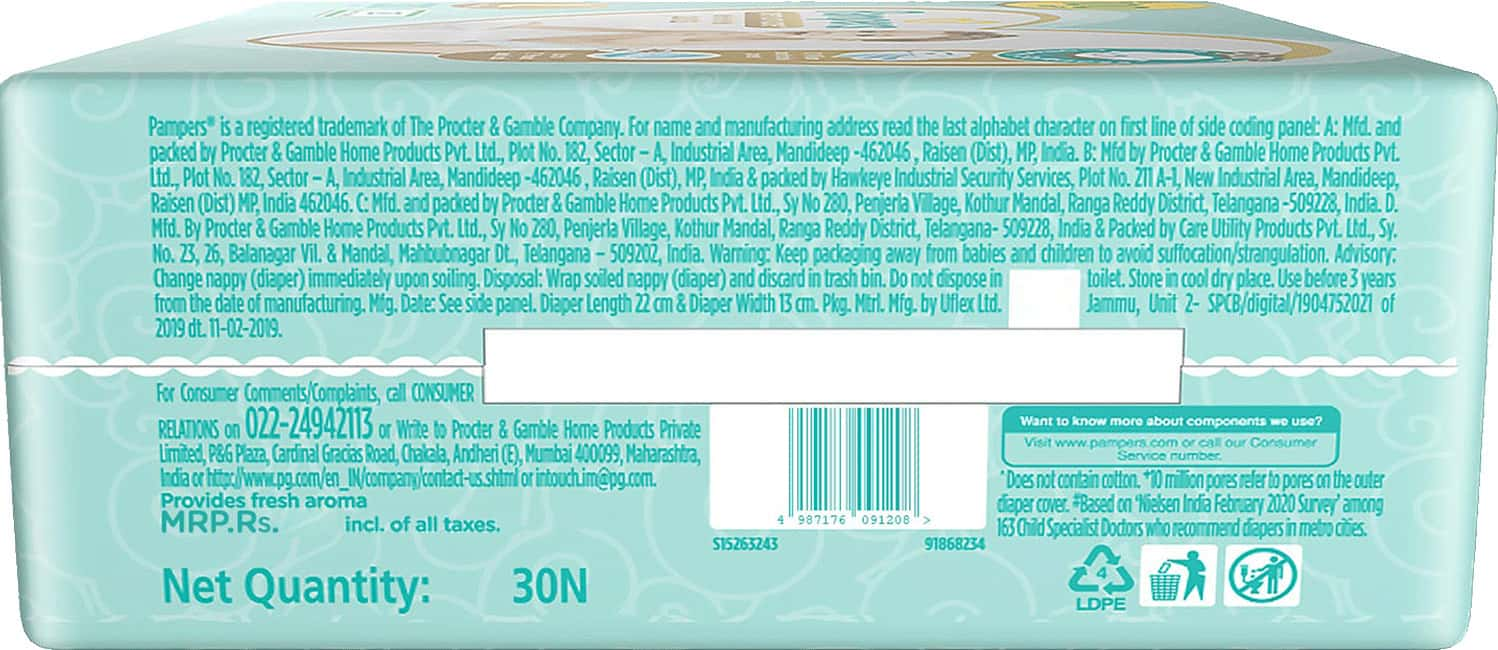

Best Baby Product Swaps SAFE + NON TOXIC
You are not right. I can defend the position. Write to me in PM.